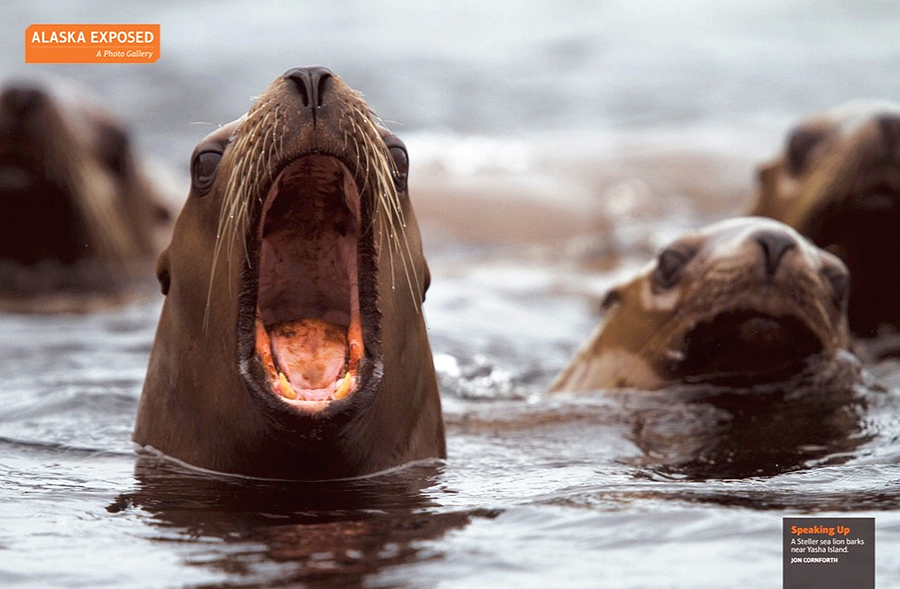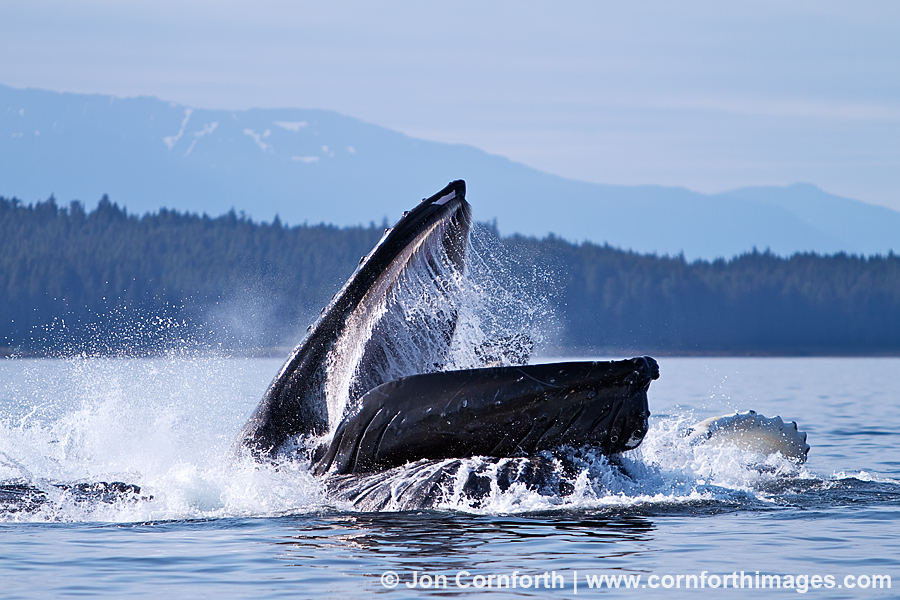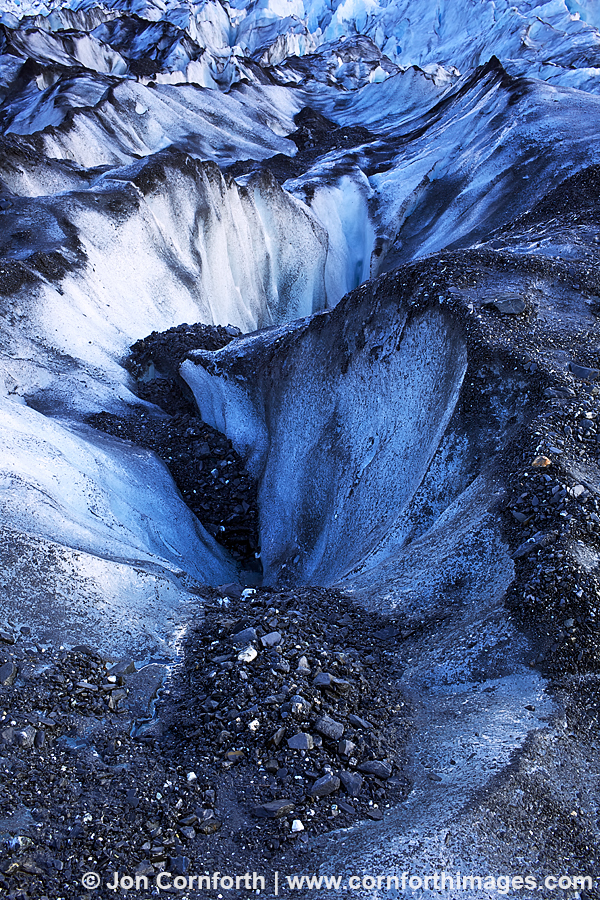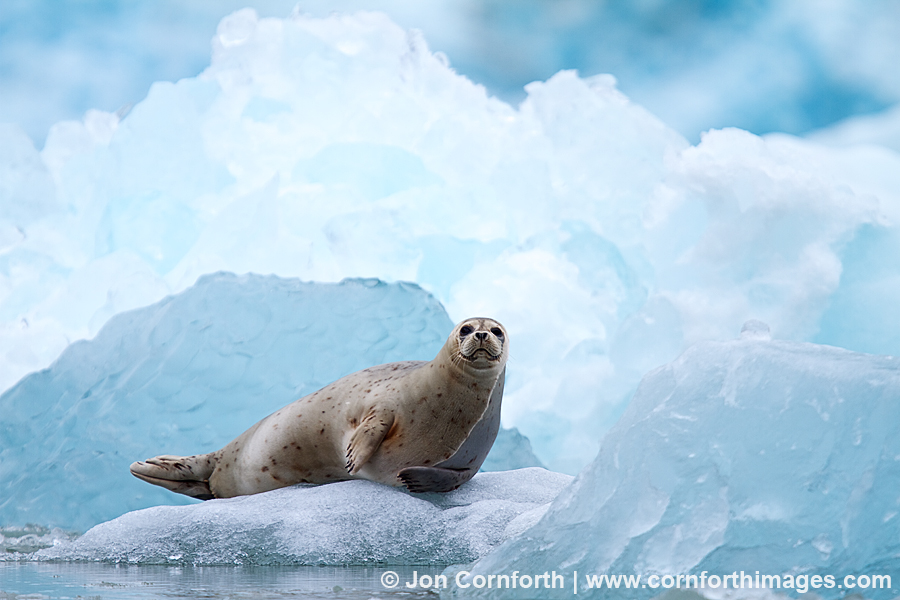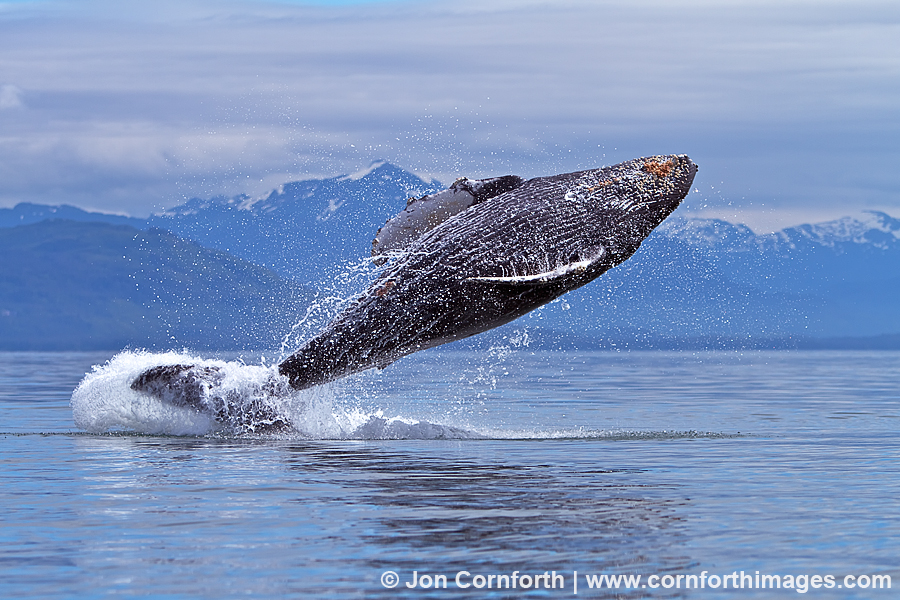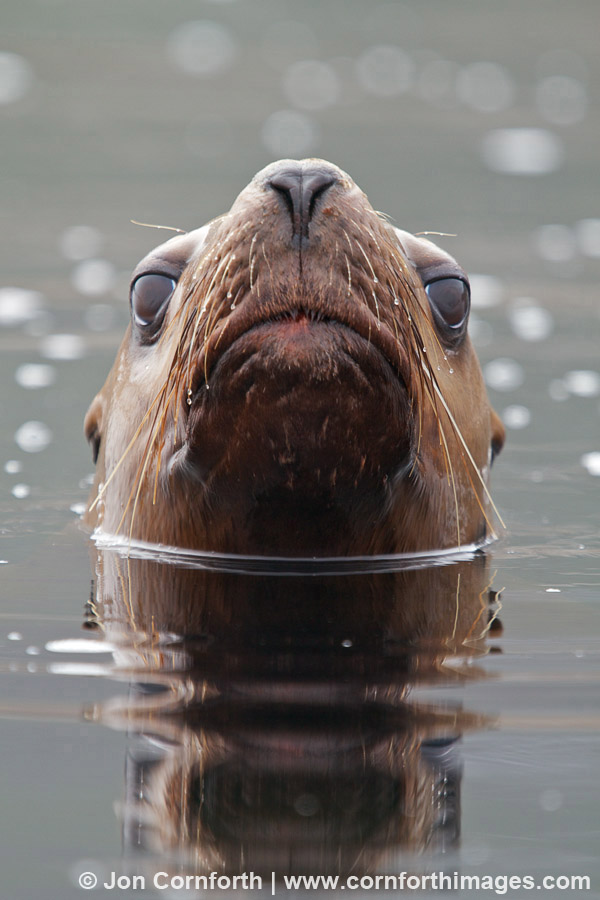Humpback Whale Breach 117
Posted on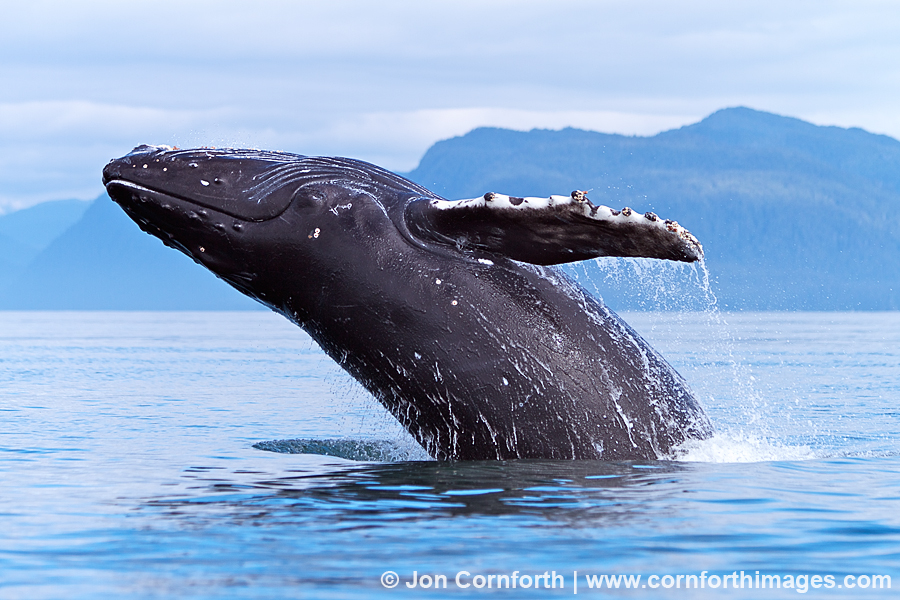
Here is another amazing humpback whale breach that I photographed during my July trip in Southeast Alaska. Breaching whale encounters never get old. I wish that I could photograph whales every day, but for a variety of reasons it would be impractical, least of which is that they don’t cooperate like this very often. This juvenile humpback probably breached close to 100 times over the 2+ hours that I spent photographing it. This gave me ample time to maneuver my inflatable into position with the sunlight at the best angle and with the most pleasing mountains in the background. I did not anticipate where the whale was going to breach correctly every time, but when I did, I was rewarded with images like this one. The hardest part of photographing breaches is having my camera pointed in the right direction and responding fast enough before the entire moment is over. I used my Canon 7D and 70-200mm f2.8 IS lens with a shutter speed of 1/1300 second to stop the action.

